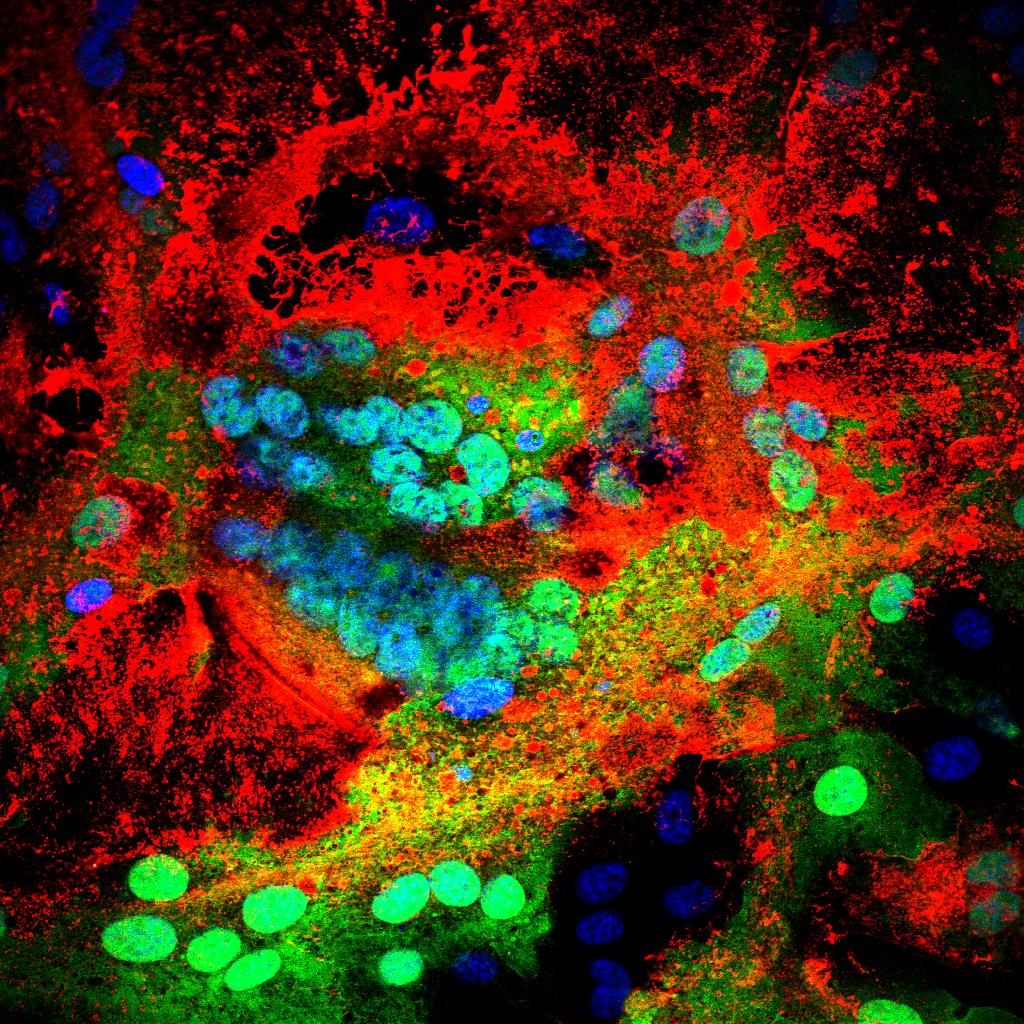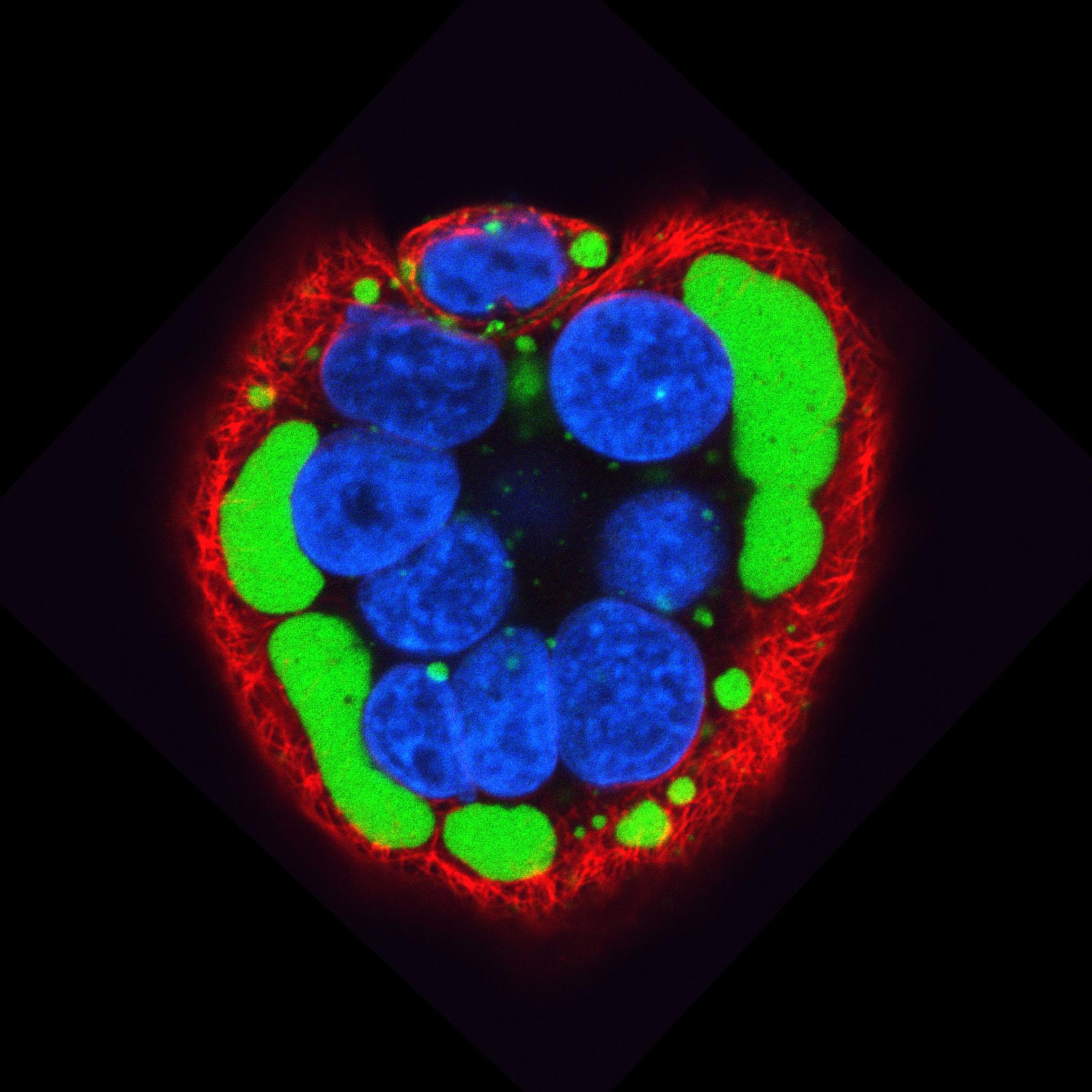A novel approach to generating morbillivirus vaccines: negatively marking the rinderpest vaccine
The eradication of rinderpest virus (RPV) from the globe was possible through the availability of a safe and effective live attenuated vaccine and a suitable companion diagnostic test. However, the inability to serologically 'Differentiate between naturally Infected and Vaccinated Animals' (DIVA) meant that both the time taken to complete the eradication programme and the economic burden on countries involved was significantly greater than if a vaccine and companion diagnostic test that fulfilled the DIVA concept had been available. During the RPV eradication campaign serosurveillance for RPV was primarily based on a competitive ELISA using a RPV specific (C1) monoclonal antibody (mAb) directed against the viral haemagglutinin (H) protein but this test was not able to meet DIVA requirements. To provide proof of concept for the generation of novel morbillivirus DIVA vaccines we have identified, by phage display, and mutated residues critical for C1 mAb binding and assessed the functionality of mutants in an in vitro fusion assay. Finally we have incorporated mutated epitopes into a full length clone and rescued recombinant RPV using reverse genetics techniques. Here we describe a novel mechanism of marking morbillivirus vaccines, using RPV as a proof of concept, and discuss the applicability of this method to the development of marked vaccines for peste des petits ruminants virus (PPRV).

